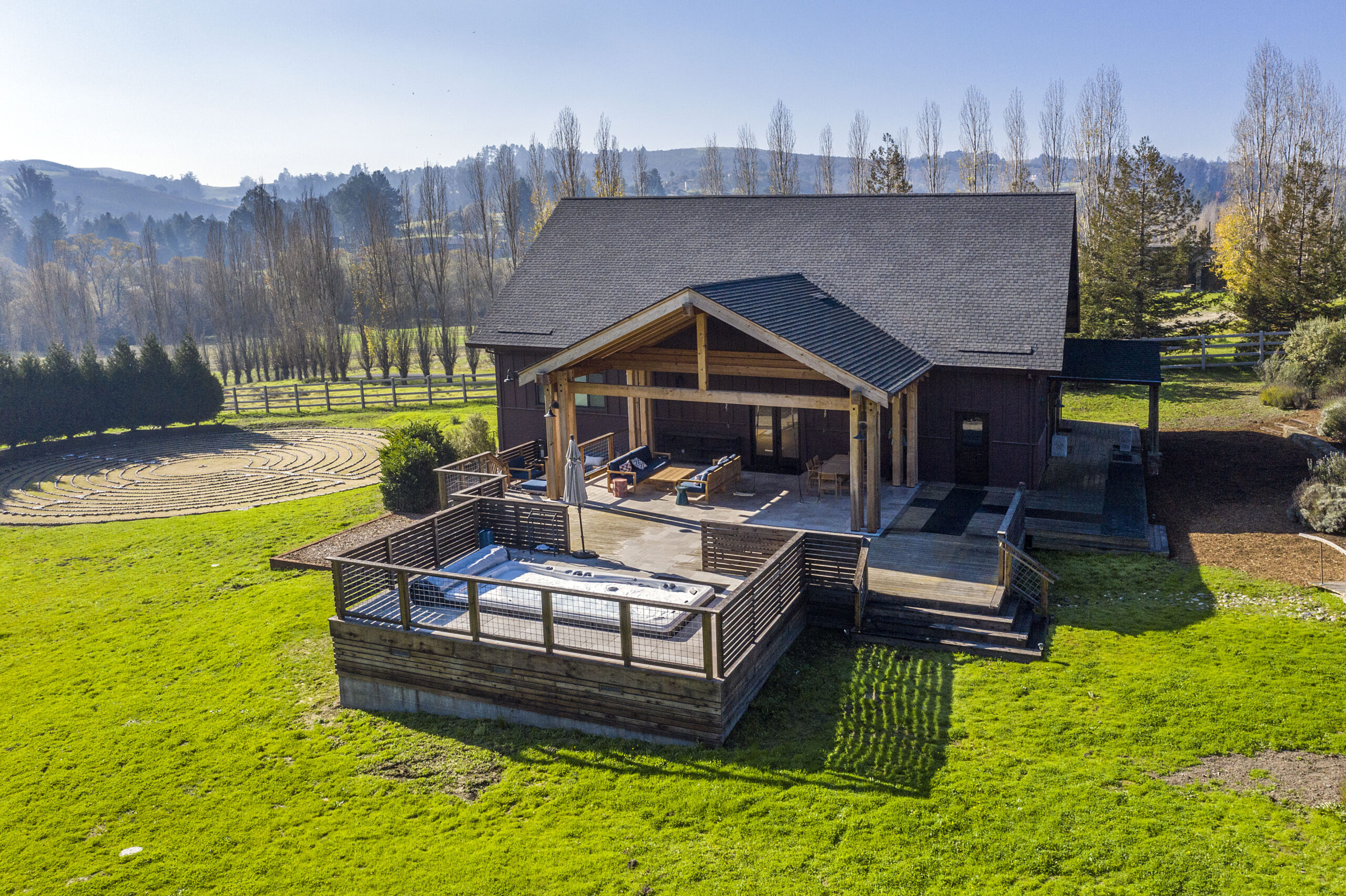![]()
What Is Design-Build?

Design-build is a construction project delivery method that integrates the design and construction phases of a project into a single, streamlined process. This approach is intended to improve communication, collaboration, and efficiency throughout the project lifecycle. Here’s an overview of our design-build process:
1. Programming: Project Planning and Feasibility:
- Define project goals, objectives, scope, and budget.
- Research the specific property (zoning, setbacks, permit history, septic & well status, HOA limitations) to identify obstacles and opportunities.
2. Conceptual Design:
- The design-build team works together to develop a preliminary concept and design based on the client’s requests and the information gleaned during Programming.
- Initial sketches are created to visualize the project’s form and function.
- Once the conceptual design is approved, we deliver preliminary budget ranges for design and construction. Since the design is still in the very early stages, these budget ranges are not exact – they are just used as a tool to see if we are in the right budget universe. If the numbers are out of our client’s budget range, we can make changes to the design and/or reduce scope to bring the budget range down.
3. Design Development and Construction Drawings:
- The design-build team refines the conceptual design based on feedback and input from the client, the construction team, the structural engineers, and other third parties.
- The design-build team finalizes the design and creates comprehensive construction documents, including detailed drawings, specifications, and other relevant documentation.
- Once drawings are finalized and design selections chosen, a full financial reconciliation is performed and a fixed bid estimate is presented. Certain items may remain as allowances pending unforeseen conditions or design selections.
- The design-build team obtains all necessary permits and approvals from regulatory authorities.
4. Construction:
- Since the designers and builders are all on the same team, the hand-off from design to construction is seamless.
- The design-builders execute the construction according to the approved plans and specifications.
- Regular communication and collaboration between the design and construction teams throughout the entire process means that everyone is on the same page.
6. Project Completion:
- As construction progresses, regular inspections are conducted to ensure quality and compliance with the design intent.
- Upon completion of construction, final inspections and testing are carried out to confirm that the project meets all requirements.
- The 365-day warranty period starts upon Substantial Completion.
7. Closeout and Handover:
- The project is finalized, and any remaining items are completed.
- The owner receives all necessary documentation, including operation and maintenance manuals.
- A final walkthrough and inspection are conducted to ensure satisfaction and address any remaining issues.
The design-build approach offers several benefits, including faster project delivery, better collaboration between designers and builders, potential cost savings, and a single point of responsibility. However, it’s important to choose a capable design-build team and clearly define project expectations in the contract to ensure a successful outcome. Keep in mind that project specifics can vary based on the type and scale of the project, as well as local regulations and industry practices.